Table of Contents (click to expand)
Magnets. We see them in countless different shapes and sizes, and in so many different devices. This was such a common part of our childhood that we all know the most basic and common properties of magnets.
One is that they attract materials with iron in them.
Second is that they have two poles (dipoles), North and South.
And last, when we try breaking a magnet apart to separate each pole, we still end up with two magnets with two poles. The poles are just inseparable!
In the old days, we called such things “magic,” but in physics, a magnet just demonstrates the property of magnetic field lines. These field lines are closed loops between the two opposite poles. In short, we have never found a magnet with just one pole and therefore believe that magnets can only exist in dipoles.
Well, we now know that’s only partially true. We can never separate dipoles…but what if I told you that magnetic monopoles do exist? Extensive research and expensive experiments are being conducted for this very purpose!
Surprisingly, talks about monopoles have been going on for a long time, as far back as the era of Pierre Curie. However, it has taken a long time for the idea to take root, and now that we have substantial theoretical work in place, the real search monopoles as begun. Let’s look at how the idea of monopoles came about, and where we’re at now.
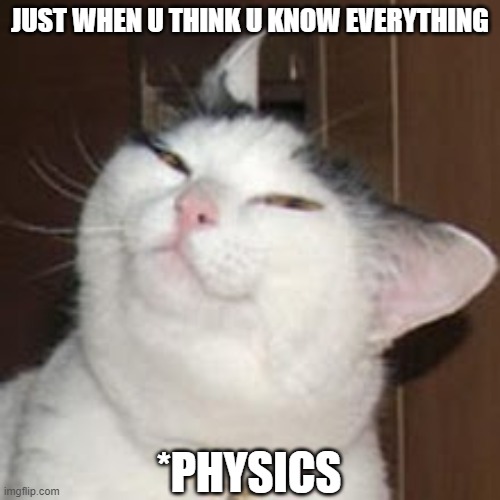
Dirac’s Monopole
Dirac was the first person to use actual Physics and Mathematics to describe a monopole. His picture of the monopole looked very simple. He first imagined a solenoid—a device made of coiled wires with a larger length than diameter. When an electric current is passed through these wires, a magnetic field is generated. These magnetic field lines look similar to those we have seen for bar magnets.
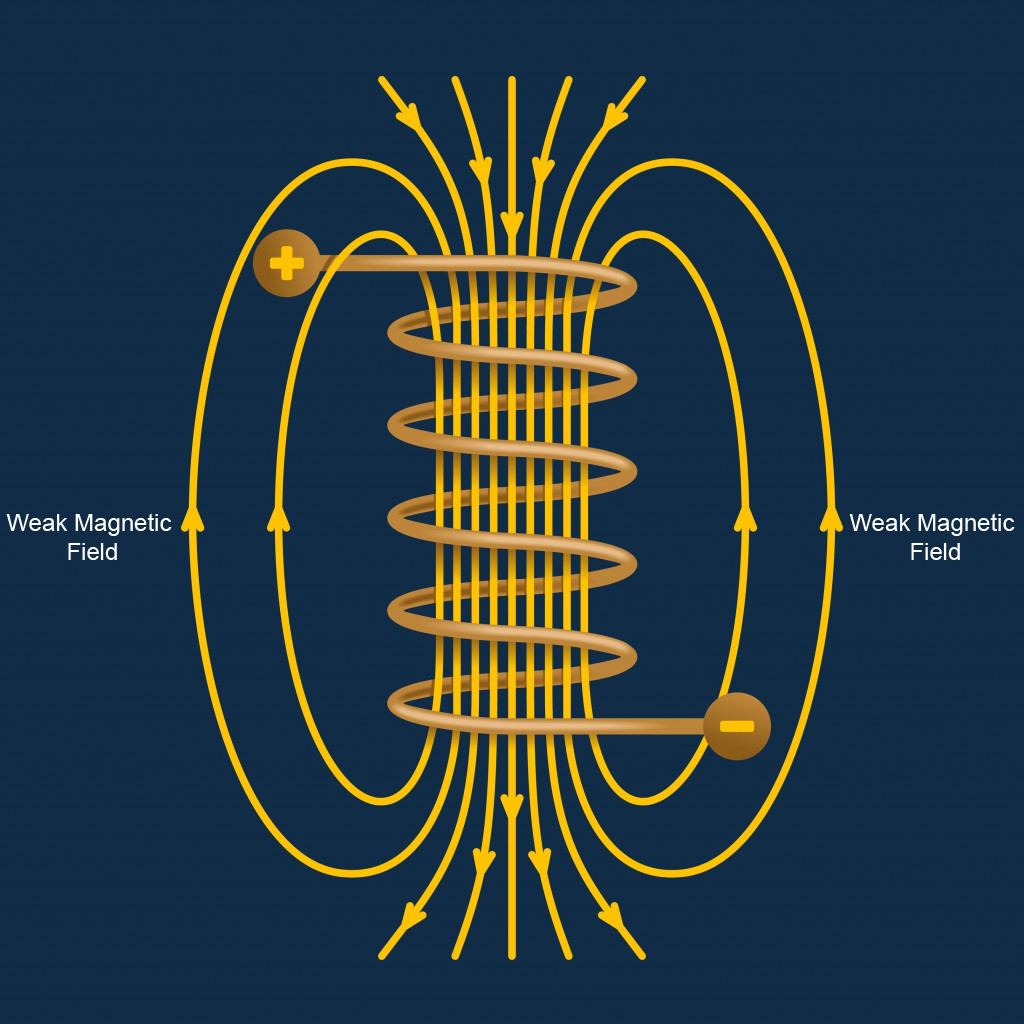
You will notice that the field lines are very far away from each other near the center (outside) of the magnet, which means that the magnetic field is the weakest here.
Now, Dirac imagined his solenoid to be infinitely long, so long that the magnetic field lines are very far apart, making the magnetic field practically non-existent. This almost disconnects the two poles, but the field lines running inside the solenoid still exist, thus connecting the two poles.
To address that, Dirac imagined the solenoid to be so thin that it was practically impossible to see, so thin that there are no field lines connecting the two poles. This is how he conceived the image of monopoles, and this picture is what is called the Dirac string.
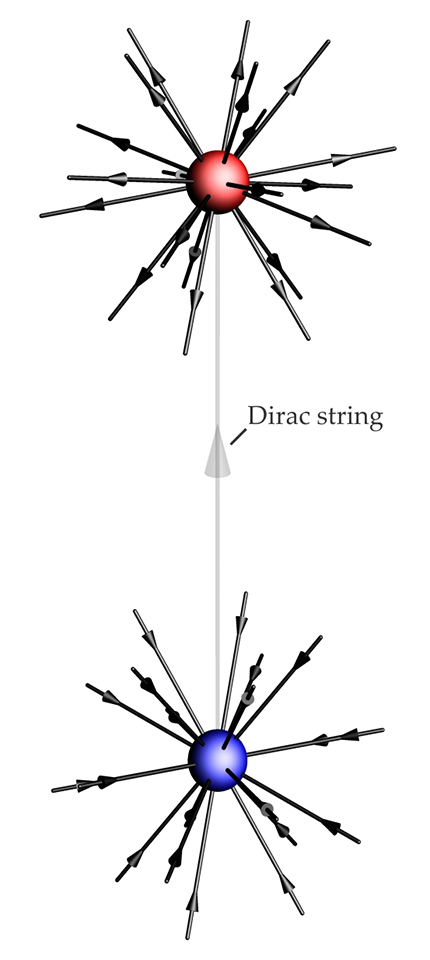
This may seem absurd to think about, but Dirac was such a firm believer in monopoles that the idea of monopoles not existing was absurd to him.
However, his theory had one big flaw. The energy of his monopole was infinite.
When Dirac stretched his imaginary solenoid in length and thinned it to nothing, theoretically, all of this infinitely large magnet’s magnetic field would be concentrated at its two poles. This is how his imaginary monopoles had an infinitely large amount of energy.
Thankfully, this was just a proposed model of a monopole. Obviously, there is no way to manufacture such a magnet and no particle with infinite energy can exist. Even so, the very idea of monopoles was so intriguing that others also tried to prove their existence in theory.
Also Read: What Is Lenz’s Law And Why Is It True?
The GUT Monopole
It was Hooft and Polyakov who put forward a better picture of monopoles through their theory, which they called the ‘Grand Unified Theory (GUT)’.
To first understand the name, we have to have a basic understanding of quantum field theory (QFT).
Imagine QFT to be a house where a family made of different field theories of elementary particles lives.
The building blocks of this house (QFT) are quantum mechanics, special relativity, and field theory. Simply put, QFT gives shelter to different sciences of elementary particles. The Grand Unified Theory (GUT) is what you get when you replace all the family members with a single figure that plays all of their roles.
So, instead of different field theories for different types of particles, we have one theory for all particles in GUT.
Hooft and Polyakov used this one big theory called the Grand Unified Theory to verify the existence of magnetic monopoles.
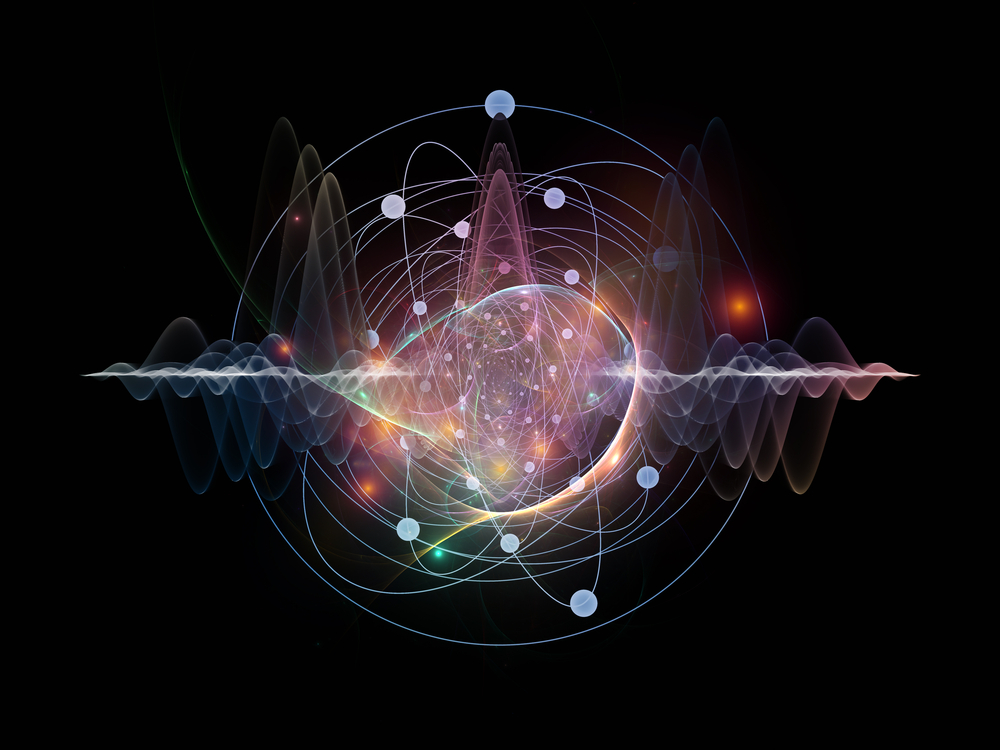
According to GUT, monopoles exist! This theory also predicts that they have an energy of around 1016 GeV!!! You may need help visualizing how much energy that is.
One electron volt (eV) represents the energy of one electron passing through one volt of potential. Now one GeV is the energy of one billion such electrons. Now imagine the energy of 1016 (meaning 16! zeros after one) times the energy of one billion electrons! Quite a large amount!
That is the energy of one monopole.
If we were somehow able to manufacture a magnet with this monopole, only Thor would be able to handle it!
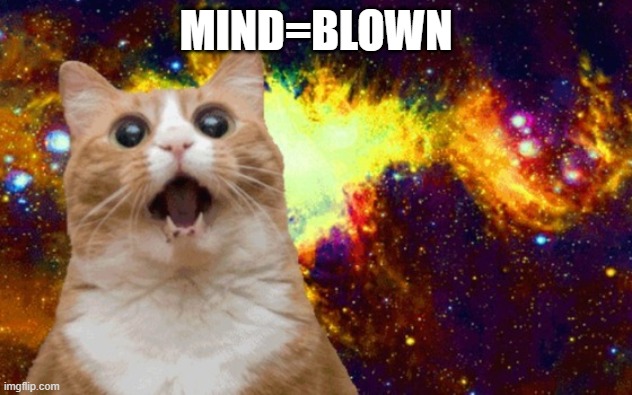
Today, these are aptly called supermassive monopoles, since we also now have theories for less energetic monopoles.
Also Read: What Is The Higgs Boson?
Conclusion
Since supermassive monopoles were conceived, there have been predictions of intermediate and smaller monopoles as well, but the question is, if not in our natural world, where would we even find them?
The answer, like so many, lies up in the sky.
Supermassive monopoles are said to have existed in abundance during the early time of the universe, and both intermediate and supermassive monopoles likely exist out in space.
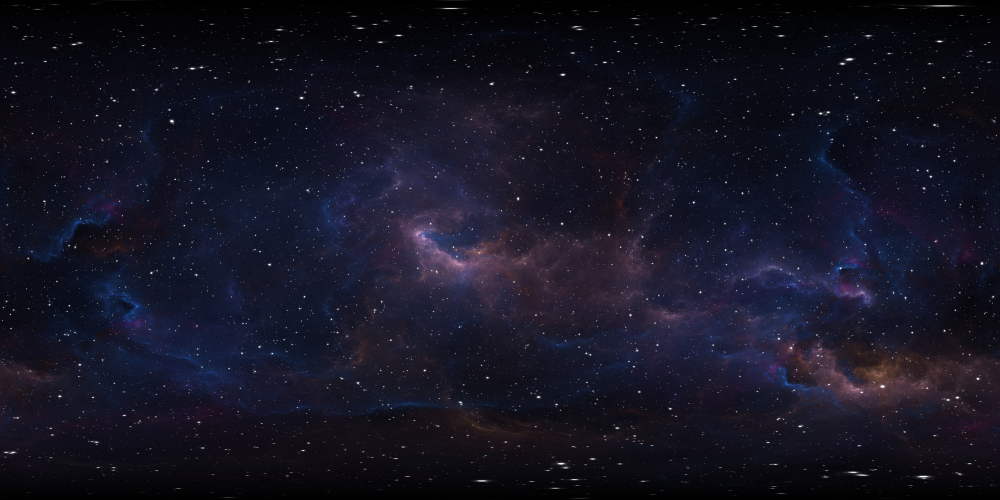
It was only due to abundant research that the search for this particle has begun. The theories are so convincing that some extremely expensive experiments are happening around the globe to catch these hypothetical particles.
However, this isn’t the first time that such costly experiments have been conducted on the basis of theories. You might know the most famous of these cases. The Higgs Boson theory was first proposed in 1964! There was a long period of extensive research on this topic, after which came the expensive experiments. Years of these experiments later, it was finally concluded that it does exist.
So, in short, the typical protocol is being followed. We just have to wait for the day when they announce the existence of monopoles and then who knows… someday we might even have a monopole magnet to play with!
How well do you understand the article above!

